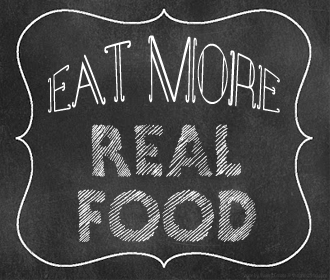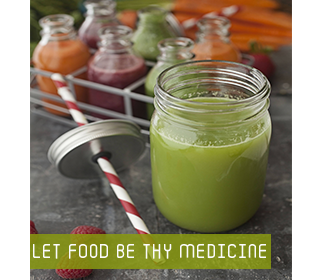Dairy is an extremely controversial food. About 75% of the world’s population loses the ability to digest lactose or milk sugar as adults (or what we call lactose intolerance). And with allergies to casein and whey cropping up, dairy-free milks have been showing up all over the market.

However, many of us still love spreading butter on our toast, a bowl of creamy yogurt, or a cool glass of milk. And of course, we all love a decadent piece of cheese.
So for those of us who do choose to eat dairy, how can we effectively incorporate it into our diet?
Milk
Milk is unfortunately a product that is very altered from its natural state. Pasteurization kills off harmful bacteria, but it also reduces beneficial probiotics, enzymes, and vitamins. Homogenization is a process that further refines milk products. Incorporating milk into our diet thus can be done the following ways:
- Use whole milk over homogenized. You’ll have to shake it to get the fat evenly distributed, but it’s a less processed product.
- Use goat milk over cow in your savory dishes. Goat milk is thought to be less allergenic than cow milk because it has a pretty similar fat/protein/carbohydrate ratio to human milk. It also has higher levels of healthy medium-chain acids and less lactose than cow milk.
- Buy organic. Conventional milk contains additional antibiotics (and hormones, if you live in the United States). If you can get local, grass-fed dairy, even better: these cows are often treated more humanely and tend to produce milk with a higher amount of omega-3 fats than their grain-fed counterparts.
- Use dairy alternatives. Coconut milk, hemp milk, rice or almond milk are very healthy choices that can be used to reduce dairy in recipes.
- Water. Most kids are chronically dehydrates and this is our BEST beverage choice in any situation. It should be consumed pre and post activity as well as throughout the day. Milk and other drinks can contribute to dehydration because it is consumed in place of water.
- Many parents feel that their kids should drink milk for healthy bones, but more bioavailable (more usable by the body) and richer sources of calcium like tahini, fish, and leafy greens can give the same bone-building benefits without the allergy potential.
Yogurt
Flavoured yogurts often contain artificial colors, sugar, and other additives. Low-fat ones might contain more protein, but that also means they contain more casein (increasing allergenic potential). Additionally, low-fat ones are usually high in sugar and artificial sweeteners.
Look for a plain, grass-fed if possible (because it’s rich in healthy conjugated linoleic acid) organic yogurt with as many bacterial cultures as possible. This will help contribute to healthy gut flora for improved digestion. We can flavour our yogurts by mixing in pureed fresh fruit, vanilla extract, or small amounts of maple syrup.
Cheese
Many cheeses, especially cheddar, are coloured with tartrazine, which can negatively affect behaviour in some children. Look for Canadian-made cheeses; tartrazine is illegal to use as a colorant here (beta-carotene is used instead).
Raw cheeses are also a good choice because it contains natural enzymes that can help digest lactose and aid absorption of other nutrients. It also contains bacteria that can benefit the gut.
Note: Raw cheeses are generally not recommended if you are pregnant or breastfeeding.









